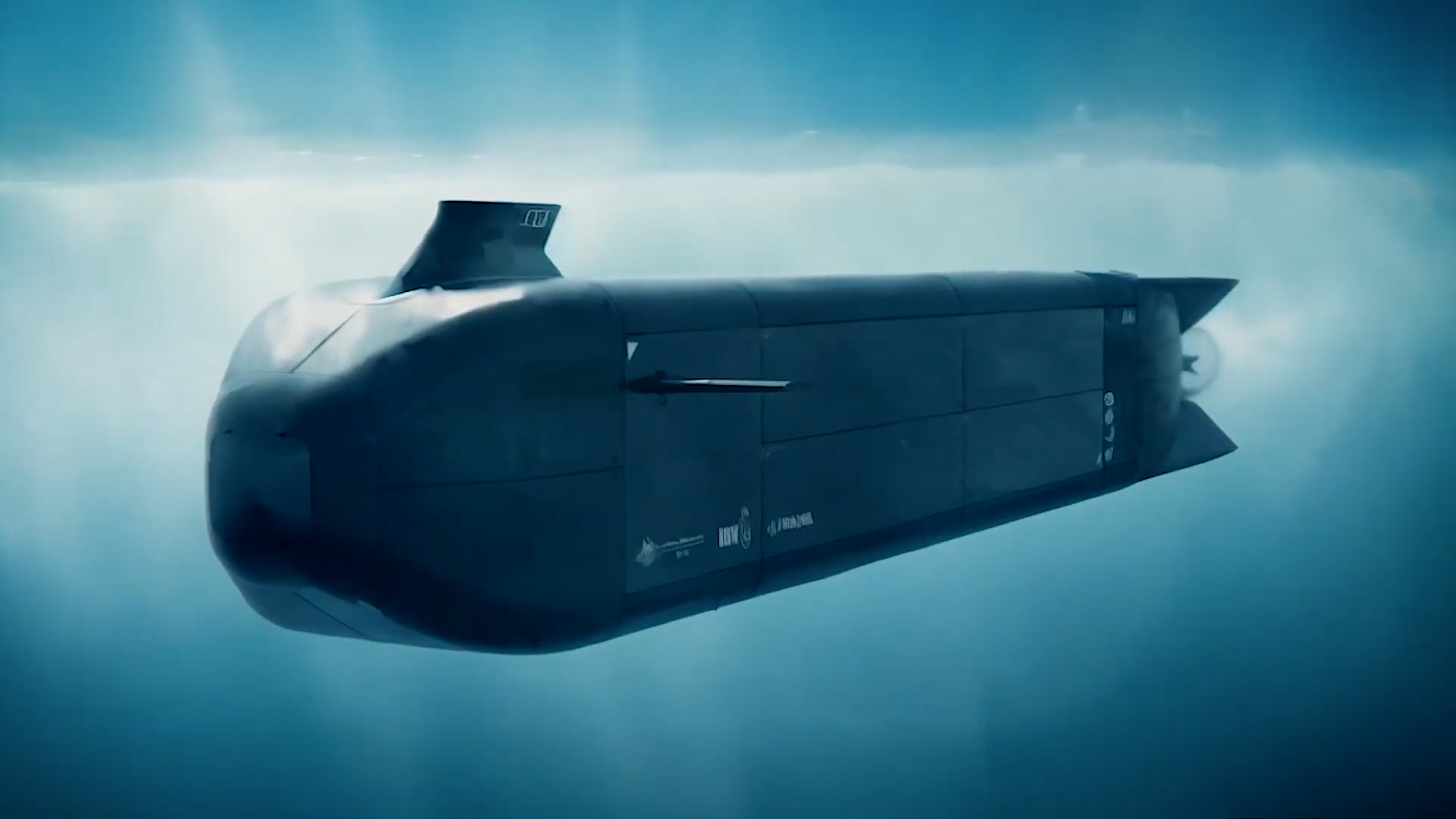
[RYAN ROBERTSON]
In terms of things people are afraid of, ghosts and sharks are most certainly on a lot of short lists. Now, I don’t know if that’s what defense contractor Anduril had in mind when it came to naming their advanced extra-large autonomous undersea vehicle, but it certainly caught our eye, and that’s why it’s our weapon of the week.
Meet the Ghost Shark. A product of a 2022 agreement between Anduril Australia, the Royal Australian Navy, and the Defence Science and Technology Group.
The goal is to develop an underwater drone capable of providing a variety of mission sets, chief among which is surveillance. And if the name isn’t scary, its capabilities likely will be.
While specifics have not yet been provided, we do know the Ghost Shark is based on the ‘Dive L-D’ submersible, developed by Dive Technologies and subsequently acquired by Anduril.
For reference, the Dive-L-D can run autonomously underwater for ten days and can reach depths of nearly 20,000 feet.
Anduril is using technology from its proprietary A-U-V capability and its Lattice A-I-powered software platform to develop Ghost Shark.
[Rear Admiral Peter Quinn]
“Make no mistake, extra large, autonomous undersea vessels will be a game changer. They will provide militaries with a persistent option for the delivery of underwater effects in high risk environments, complementing our existing crewed ships and submarines, as well as our future uncrewed surface vessels.”
[RYAN ROBERTSON]
Designed to support sub-sea maritime missions anywhere in the world. The Ghost Shark is a modular, multi-purpose platform that can adapt to mission needs and serve as a force multiplier.
[Professor Emily Hilder]
“The reason that we need new and emerging technology is so that we can create strategic surprise, but also so that we can avoid strategic surprise”
[RYAN ROBERTSON]
With an initial order of three prototypes to be built over three years, the first Ghost Shark was delivered ahead of schedule and on budget.
And now, the second prototype has arrived in America. An arrival that coincided with the Rim of the Pacific exercise, also known as RIMPAC. According to the U.S. Navy, it is one of the world’s largest maritime exercises held biannually near the Hawaiian Islands to ensure the safety of sea lanes and security on the world’s oceans.
According to Anduril, this will grow the test envelope for Ghost Shark by enabling testing on both sides of the Pacific that’s available for collaboration with U.S. government partners.
A development that should make the Ghost Shark plenty scary for any would-be adversary.











